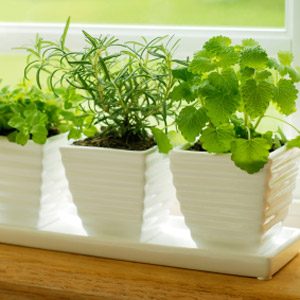
1. Let there be light
Light level ranges from the dimness of a north-facing window to a bright conservatory awash in sunlight. If no location in your house is bright enough for a favourite plant, invest in a lighted plant stand.
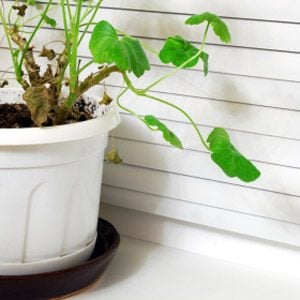
2. Keep them humid
Raising the humidity can be as easy as filling a tray with pebbles, pouring water in, and placing your potted houseplants on top. As the moisture evaporates, it will humidify the air around the plants.
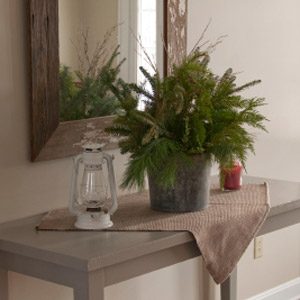
3. Be aware of temperature differences
Place plants around the house based on the temperature of each room. Close the door of a spare room in winter to create a cooler environment, or set up a mini-greenhouse for plants that like very moist, warm conditions. Two things to avoid with all plants: heating registers in winter and drafty locations any time of year.
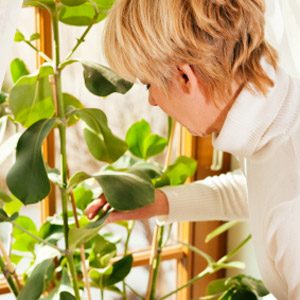
4. Take note of special needs
Remember that some plants can’t set flowers without long nights or cooler temperatures at night, meaning you may have to move them daily or otherwise accommodate their special needs.
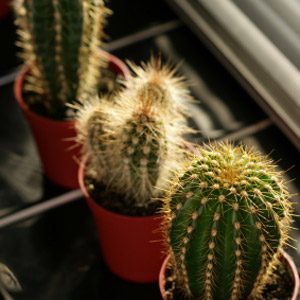
5. Know your plants’ growth cycles
Many houseplants do just fine if they get the same care year in and year out, but others need a regular period of rest or dormancy. Poinsettias, for example, leaf out and flower, but then want cutting back and some “time off.” Cyclamen and gloxinia are other common houseplants that appreciate an annual vacation. Most houseplants aren’t that particular, but if you want them to last a long time, learn your plants’ unique growth cycles.
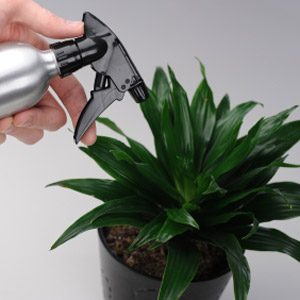
6. Don’t be overprotective
It’s possible to give your houseplants too much care. More houseplants die from overwatering than underwatering. Likewise, overfeeding can burn delicate plant roots, and applying food to a dormant plant forces growth at the wrong time of the year. Of course, a lack of water and food is also bad. Excesses of both kinds stress plants, leaving them prone to pest and disease infestation and increasing mortality. To keep houseplants thriving year after year, try to strike the right balance between smothering and neglect.
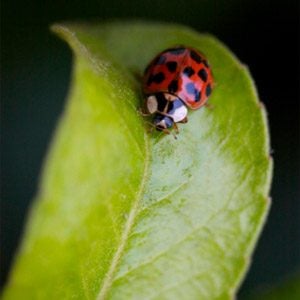
7. Watch out for pests
Give your houseplants the once-over once a month. In the protected environment of a house, insect populations can explode seemingly overnight. Aphids, mealybugs, and scale are just a few of the insect pests that regularly plague houseplants. Once a month, check your plants for unwanted guests by looking under leaves, along stems, and on the soil surface for bugs themselves, as well as egg masses, insect droppings, or anything else unusual.